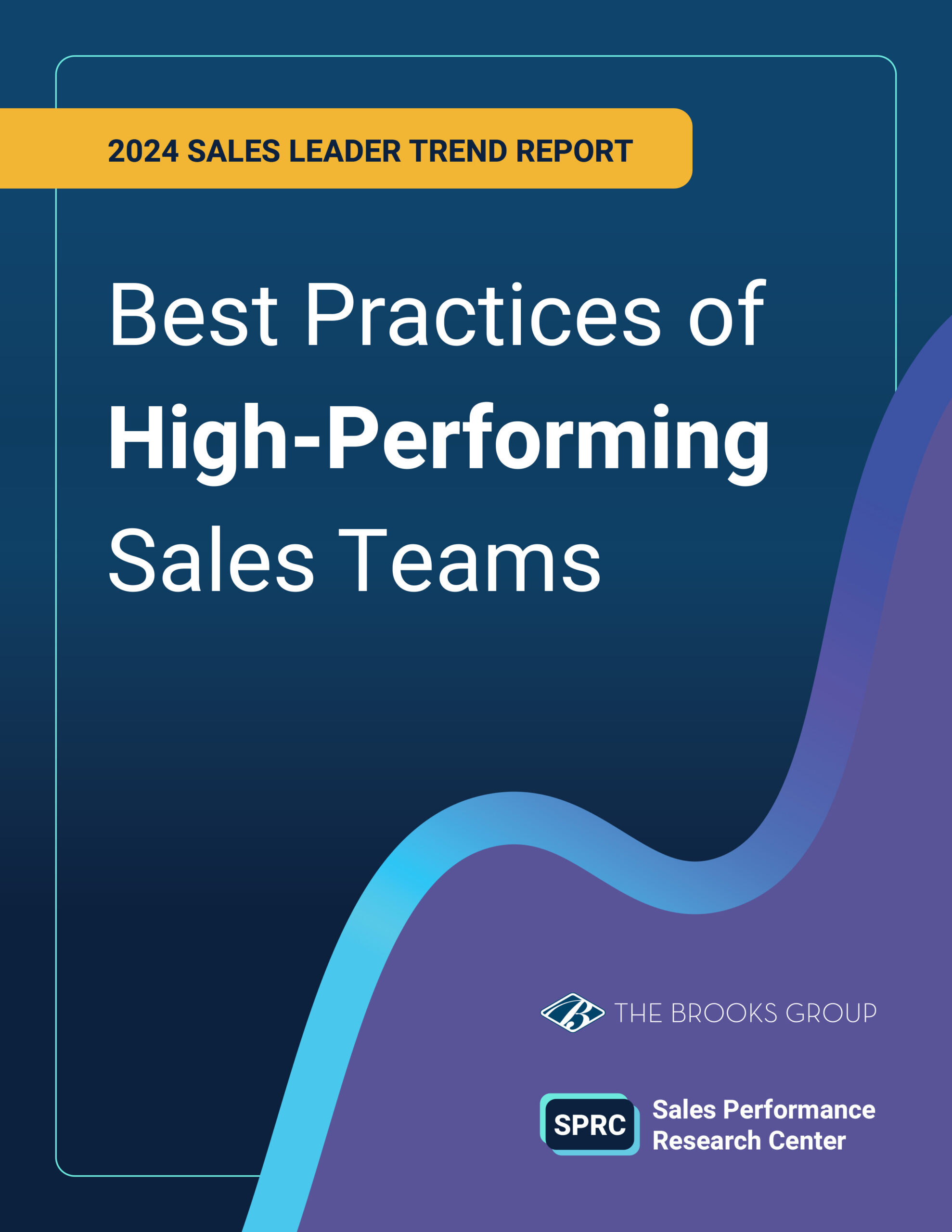Ramping new sales reps quickly is a pivotal factor separating successful sales organizations from those that underperform. Data from our 2024 Sales Leader Trend Report shows that 87% of successful teams have extensive, structured onboarding.
But actually getting new salespeople performing at their highest potential is easier said than done, with one in three salespeople lacking proficiency in about a dozen skills by the time sales onboarding is complete, according to the research from The Sales Management Association.
You can improve the effectiveness of your sales onboarding and ramp-up efforts by introducing new sales team members to your sales organization’s common language. The sooner they can talk-the-talk, the faster they will be walking-the-walk—and contributing to your revenue goals with full force.
Here are 4 ways a common language helps get new sales reps up to speed quickly.
1. The entire sales team can offer consistent advice for how to go to market
It takes a village to get your new salespeople operating at full capacity.
You can increase the speed to productivity exponentially if your entire sales team contributes to the onboarding process. But this group-mentoring strategy really requires that everyone communicates with a consistent language in order to reap the benefits (and avoid confusion from conflicting information).
Take Action: Collaborate with your sales team to develop a list of best practices within each stage of the sales process. Rotate through your reps each week to have everyone give a 10-15 minute presentation during your sales meeting on one best practice.
2. Institutional sales knowledge is shared more easily, and with greater frequency
Salespeople are typically more likely to pay attention to direction from their peers than from their managers. If you have created a culture of loyalty and collaboration on your team, your players will be open to sharing their most successful strategies and tactics—it’s finding the time and the platform for sharing that institutional knowledge that can be challenging.
When everyone understands the shorthand language, sharing best practices becomes much more efficient.
Take Action: Carve out a dedicated time in your sales team meetings for success sharing. Have a different rep share each week and keep the stories on file for future onboarding efforts.
3. Sales messaging is clearly understood throughout the organization
Your brand message can easily get lost in translation if it’s not communicated and reinforced with consistency. A common language allows marketing and sales to stay tightly aligned, ensuring that brand messaging is always clear to prospects—and to new reps that are just getting acclimated.
Take Action: Train your marketing team on your sales process. That way, the resources and tools they create will be consistent with the way your people sell, reducing the learning curve for new reps (and providing the best experience for your customers).
4. Sales coaching is targeted and highly-efficient
Having a clear sales process—and a language to describe activities within the sales process—eliminates confusion and allows sales managers to have targeted, high-yield coaching conversations with reps. Without a tight common language, the effectiveness and time-to-benefit of deal coaching runs astray.
Take Action: Define your sales process vocabulary and include it in every new sales rep’s training. That way, “Pre-Call Planning,” for example, is always referred to in the same way—not “Call Planning” or “Sales Call Prep,” etc.
Conclusion
It takes an average of 12 months for sales professionals to be competent and capable of carrying a full quota or performance target, according to our research. This ramp-up time can be reduced significantly when new salespeople are introduced to the common language used in your day-to-day operations.
A clearly defined sales process functions as your “operating system” and integrates into the tools, schedules, and procedures you use on a daily basis. When everyone is speaking the same language, confusion is replaced with efficiency and increased productivity.
A solid sales process is the foundation of a common language. Visit an upcoming IMPACT Selling® Seminar to test drive the system and see if it’s right for your team.
2024 Sales Leader Trend Report
Best Practices of High-Performing Sales Teams
What do top performing sales teams do differently? We surveyed B2B sales leaders across multiple industries at organizations to discover the answer.
In this research report, we share what the best sales teams do differently.





